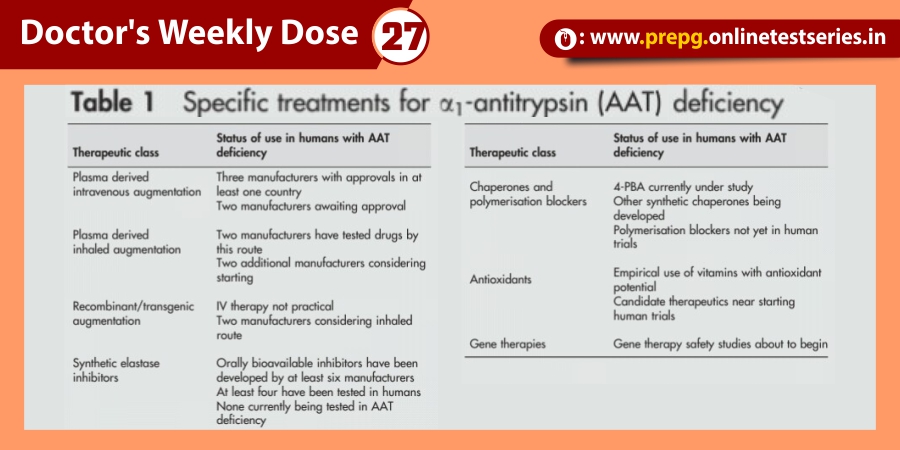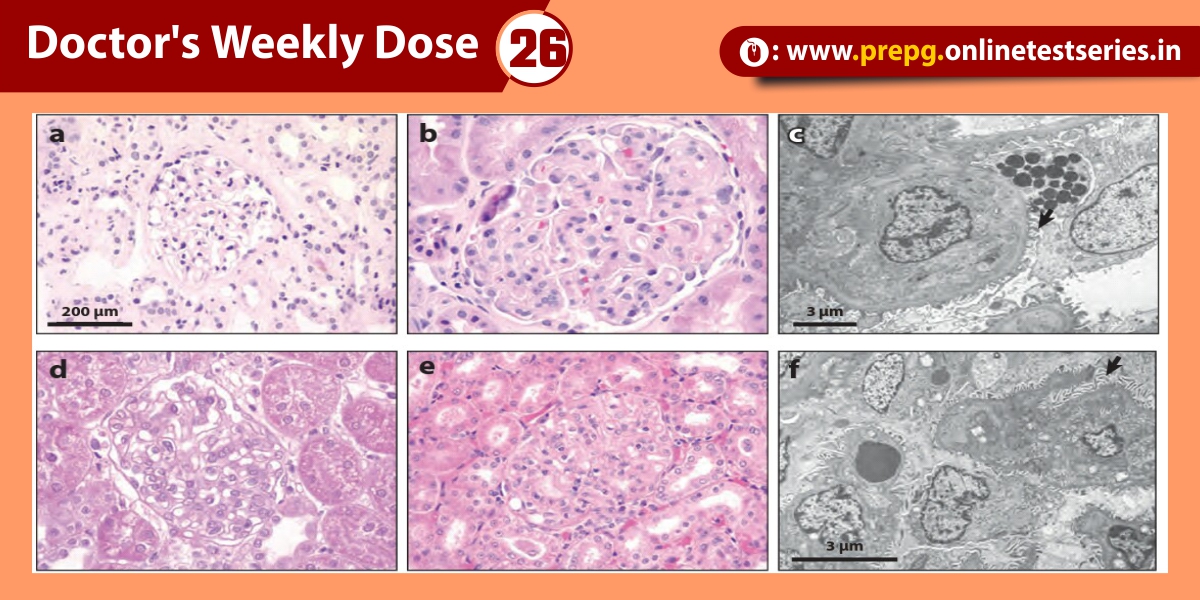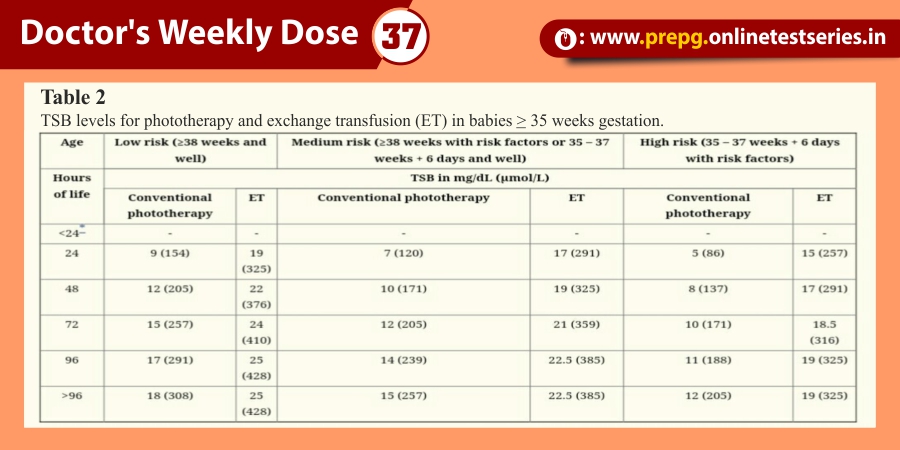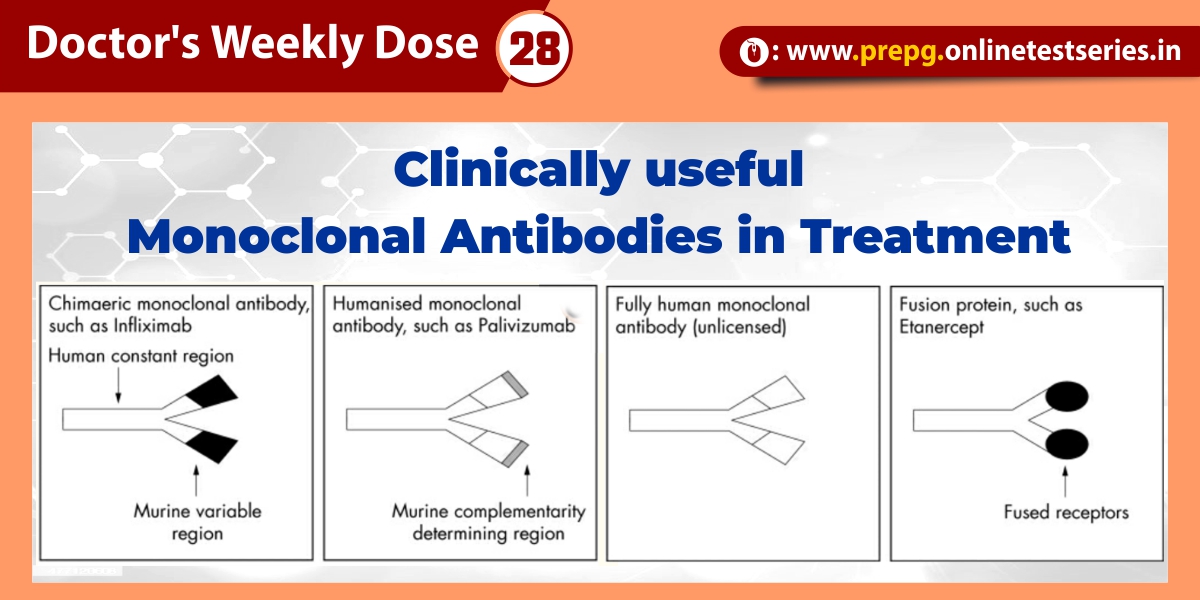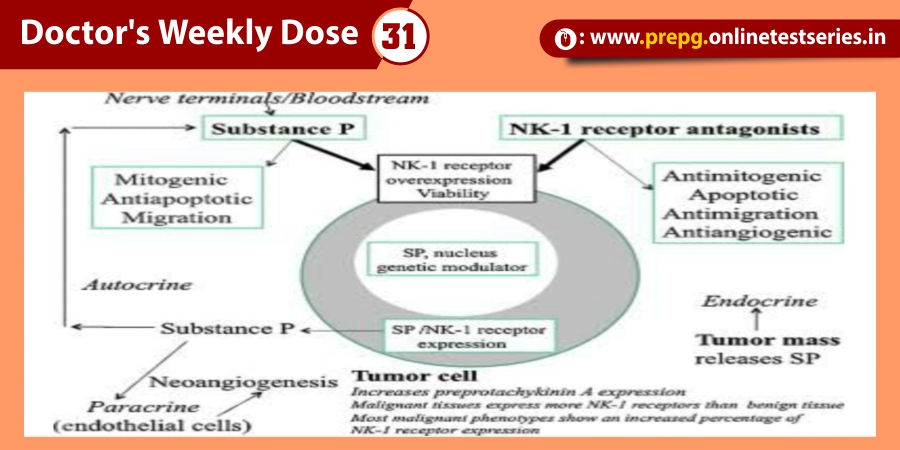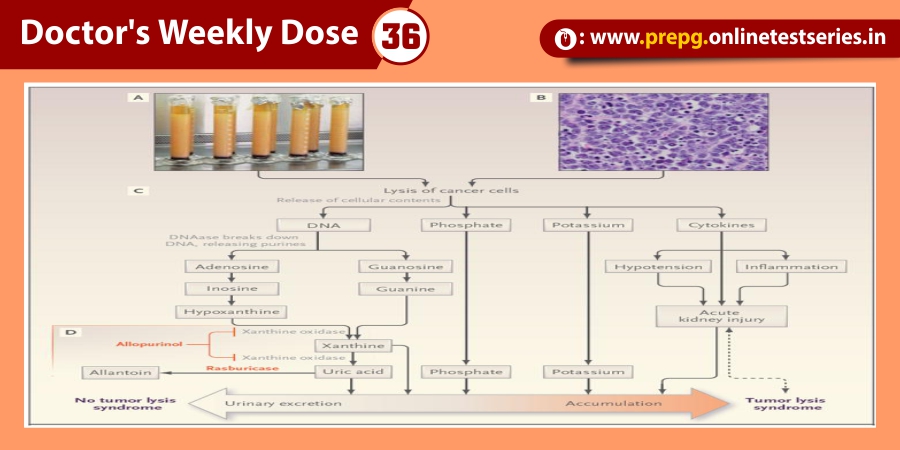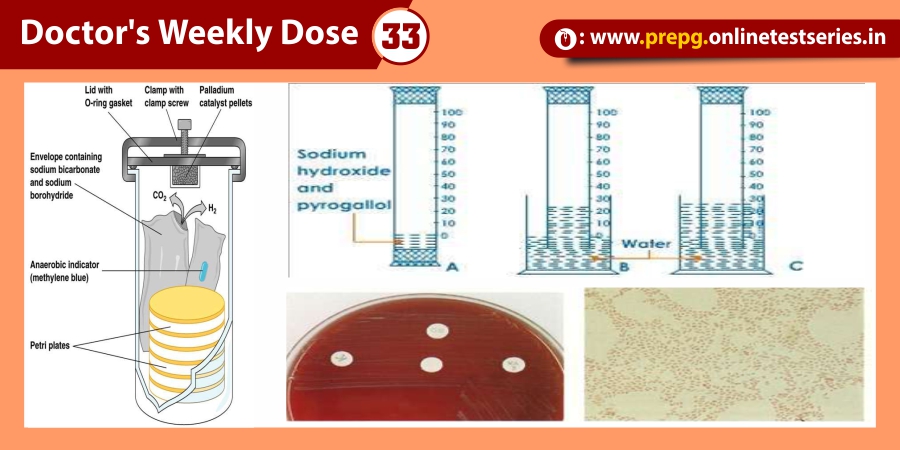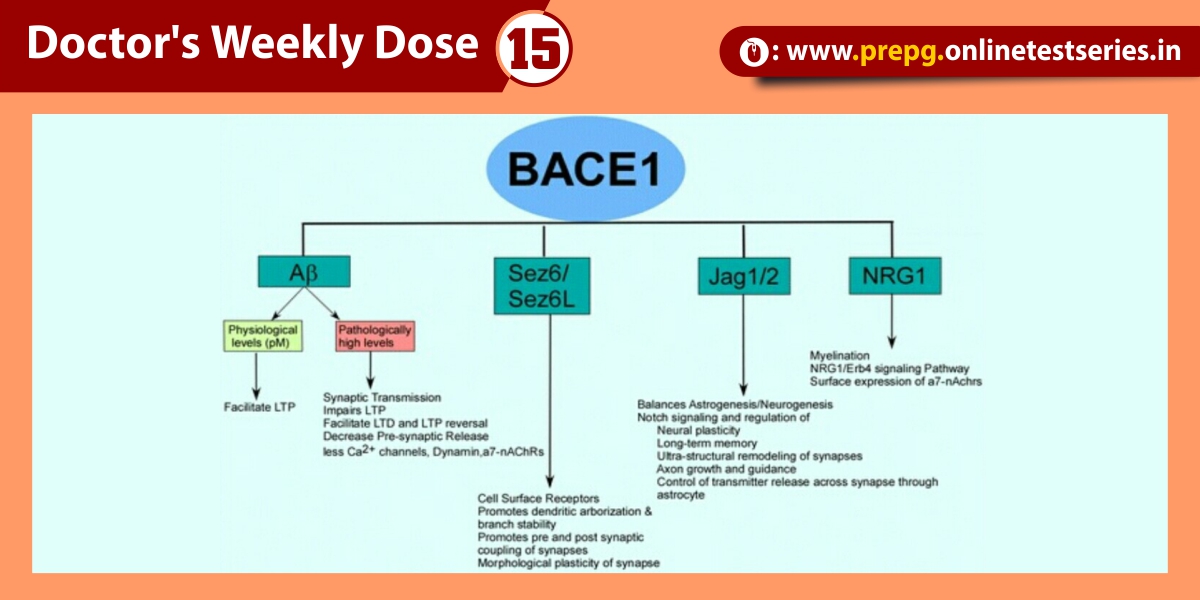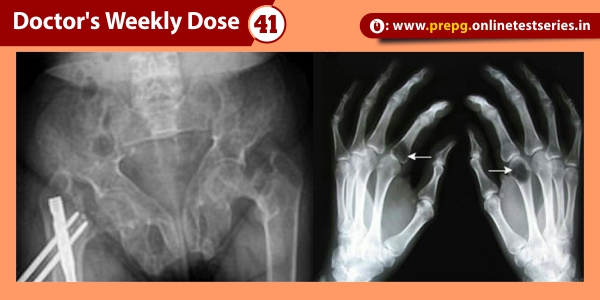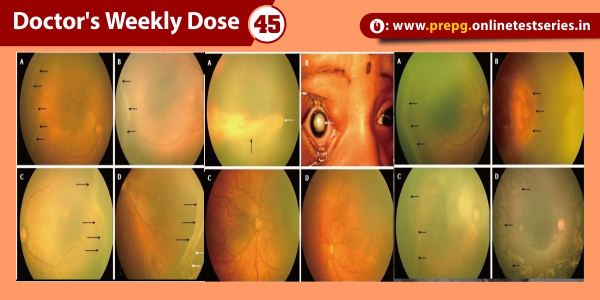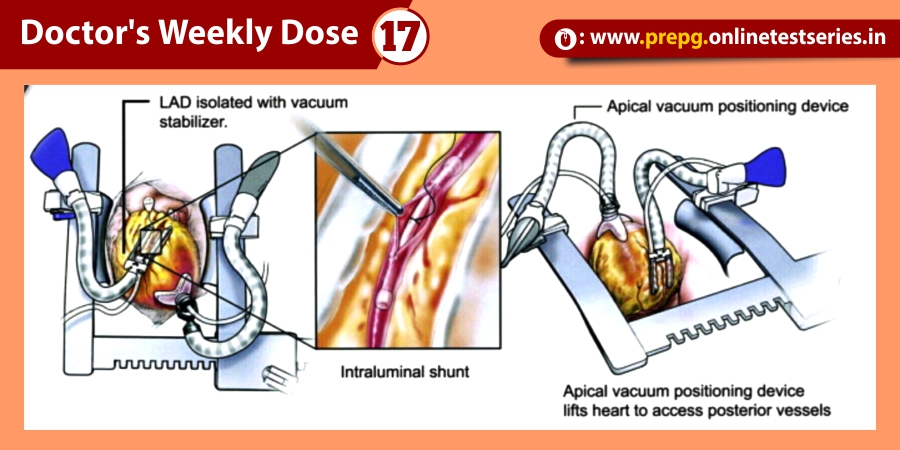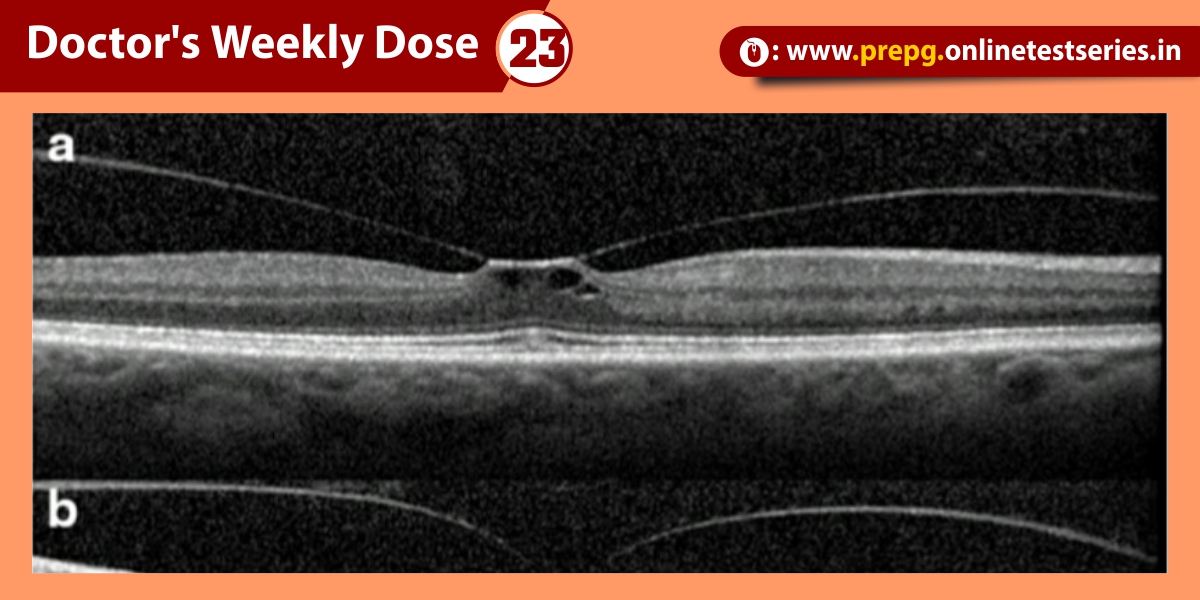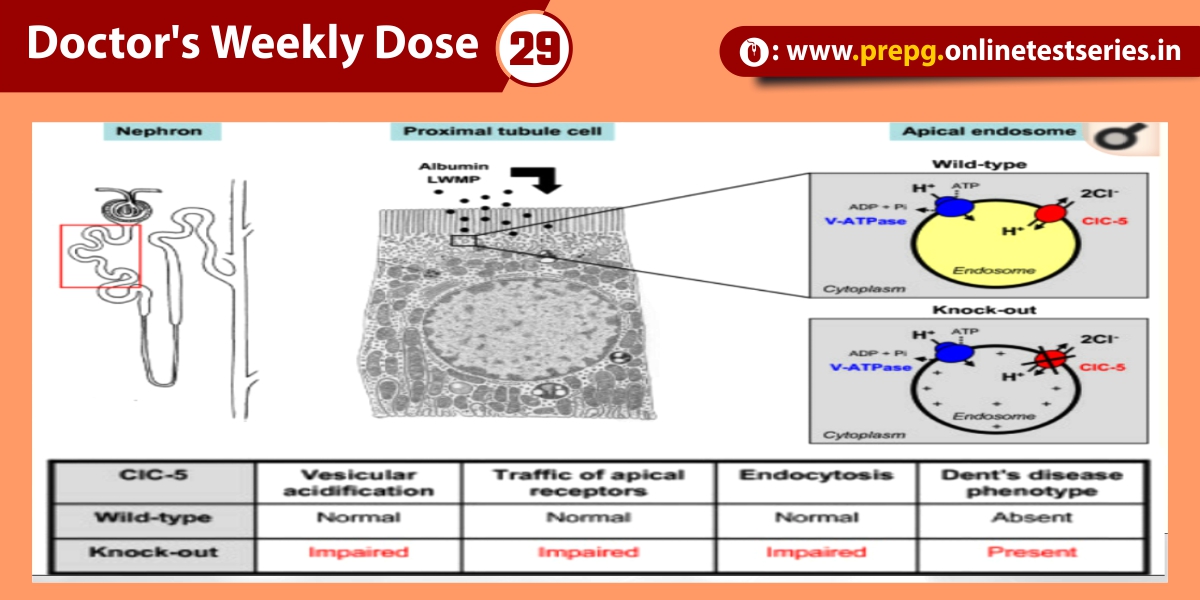INTRODUCTION
Systemic lupus erythematosus (SLE) is a chronic inflammatory disease of unknown cause that can affect the skin, joints, kidneys, lungs, nervous system, serous membranes and/or other organs. Immunologic abnormalities, especially the production of a wide range of antinuclear antibodies, are another prominent feature of the disease.
Women with SLE are at increased risk of premature atherosclerosis, leading to symptomatic CVD, compared with the general population the overall prevalence of subclinical atherosclerosis in SLE patients ranges from 17% to 35%.
WHY ARE SLE PATIENTS AT INCREASED RISK OF PREMATURE ATHEROSCLEROSIS?
It is currently believed that atherosclerosis in the general population results from a combination of numerous risk factors. In addition to traditional risk factors, inflammatory processes are now considered to be important in atherogenesis.
The healthy endothelium is involved in the maintenance of short-term blood pressure and flow homeostasis and prevention of unwarranted clotting. The endothelium responds to increased blood flow or pressure, activating protein kinase B, which stimulates the production of the vasodilators nitric oxide (NO) and prostaglandin I2 .
The enzymes associated with their production, NO synthase and phospholipase A2, can also be activated by increased intracellular calcium levels triggered by the coagulation cascade, in which NO and prostaglandin I2 have an inhibitory role. The functioning endothelium also produces the vasoconstrictors thromboxane and endothelin-1, excessive levels of which may be associated with hypertension. Loss of the functional integrity of the endothelial cell lining following injury triggers a cascade involving the coagulation, kinin, complement, and fibrinolytic systems, which normally leads to repair of the injured site with restoration of normal function.
Inflammatory processes probably contribute to atherogenesis in SLE, a disease characterized by chronic inflammation. Chronic activation or damage to the endothelium may lead to imbalance in these interacting systems and thereby promote atherogenesis. Several forms of endothelial insult are recognized: chemical stress such as from smoking, hypercholesterolemia or hyperhomocysteinemia; mechanical stress from hypertension; and immunologic injury .
Many of these factors have been reported to be present in patients with SLE . In essence, it is believed that the interaction between traditional risk factors, inflammation-induced and antibodymediated vascular injury or thrombosis, and immune dysregulation from the underlying disease, all play important roles in endothelial dysfunction that accelerate the atherosclerotic process in SLE, as depicted in Figure.
THERAPEUTIC OPPORTUNITIES
It is important that physicians caring for SLE patients are aware of the risk of CVD complications associated with this disorder since atheromatous disease is otherwise unusual in premenopausal women, except for diabetics. Modifiable risk factors should be monitored routinely if possible. Once identified, the risk factors should be treated aggressively by means of patient education and lifestyle modification in terms of diet, exercise, smoking cessation and weight reduction. Other potential treatments for the modifiable risk factors are discussed in the following paragraphs.
Antimalarial agents
Hydroxychloroquine is the most commonly prescribed antimalarial medication for lupus and is useful in the management of mucocutaneous manifestations, arthritis and mild constitutional symptoms. Hydroxychloroquine has many additional benefits in lupus patients. It has been reported to lower total and low-density lipoprotein (LDL)-cholesterol and triglyceride (TG) levels in patients with rheumatoid arthritis or SLE.
Statins
As elevated cholesterol levels are a strong risk factor for future renovascular, cerebrovascular and cardiovascular events, lipid-lowering therapy is important. In addition to antimalarials, the 3-hydroxy3-methylglutaryl-coenzyme A reductase inhibitors, or statins, are not only useful in treating elevated cholesterol levels, but have also been shown to reduce cardiovascular events and total mortality in high-risk groups. The statins may also be particularly useful for treating patients with SLE, as they appear to have additional antithrombotic and anti-inflammatory effects.
Antihypertensives
Aggressive treatment of hypertension is important in reducing vascular events, particularly in patients with renal complications. In patients with high-risk renal disease, angiotensin-converting enzyme inhibitors (ACEIs), calcium channel blockers and -blockers are all beneficial . ACEIs may have benefits in addition to their blood pressure-lowering efficacy in the treatment of diabetic renal disease . Reducing the level of microalbuminuria in diabetics is renoprotective and cardiovasculo-protective.
Folate supplementation
A recent meta-analysis reported that in prospective studies, the increase in the risk of cardiovascular events due to elevated homocysteine levels is modest . After adjustment for conventional cardiovascular risk factors, a 25% lower homocysteine level was associated with an 11% lower CVD risk and a 19% lower stroke risk. Folate supplementation to reduce homocysteine levels may be considered.
Antioxidant supplementation
Since oxidative stress is involved in the early atherogenic process, antioxidant vitamins may be useful in preventing progression. Data suggest that supplementation with vitamins C or E alone can improve endothelial dysfunction in some conditions associated with increased oxidative stress.
Other potential agents
The lack of standardized assays has limited the use of conditional risk factors such as fibrinogen and lipoprotein(a). A drug that specifically lowers fibrinogen levels is not yet available. Nevertheless, smoking cessation, exercise and reduced alcohol intake can lower fibrinogen levels. Estrogen and fibrate lower both fibrinogen and lipoprotein(a) levels . Niacin and 3-fatty acids have been reported to lower lipoprotein(a) levels. No outcome studies are available to show that lowering of these risk factors leads to a reduction in vascular events.
CONCLUSION
The importance of conventional risk factors in increasing the burden of atherosclerosis in the lupus population is well documented. Efforts need to be intensified to aggressively treat these and other modifiable risk factors or to prevent their onset as summarized in the Table. Well-conducted clinical trials are now needed to advance beyond these initial recommendations.


